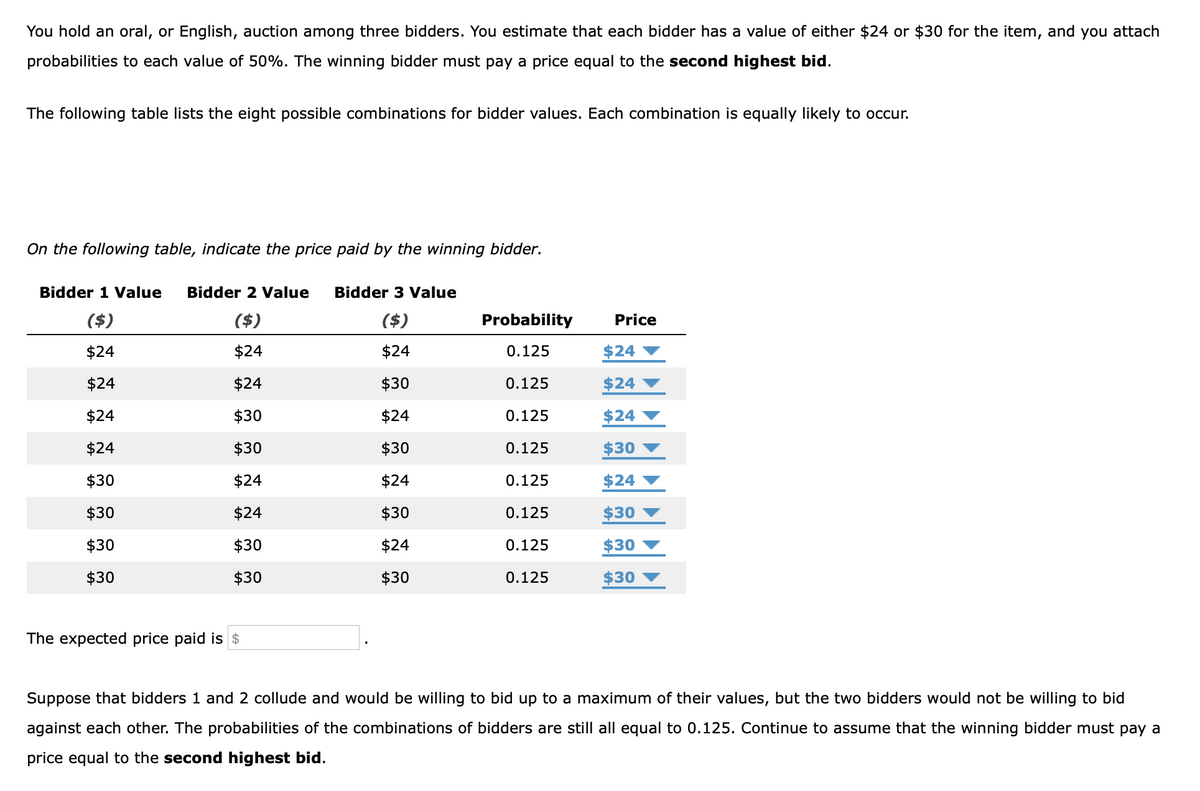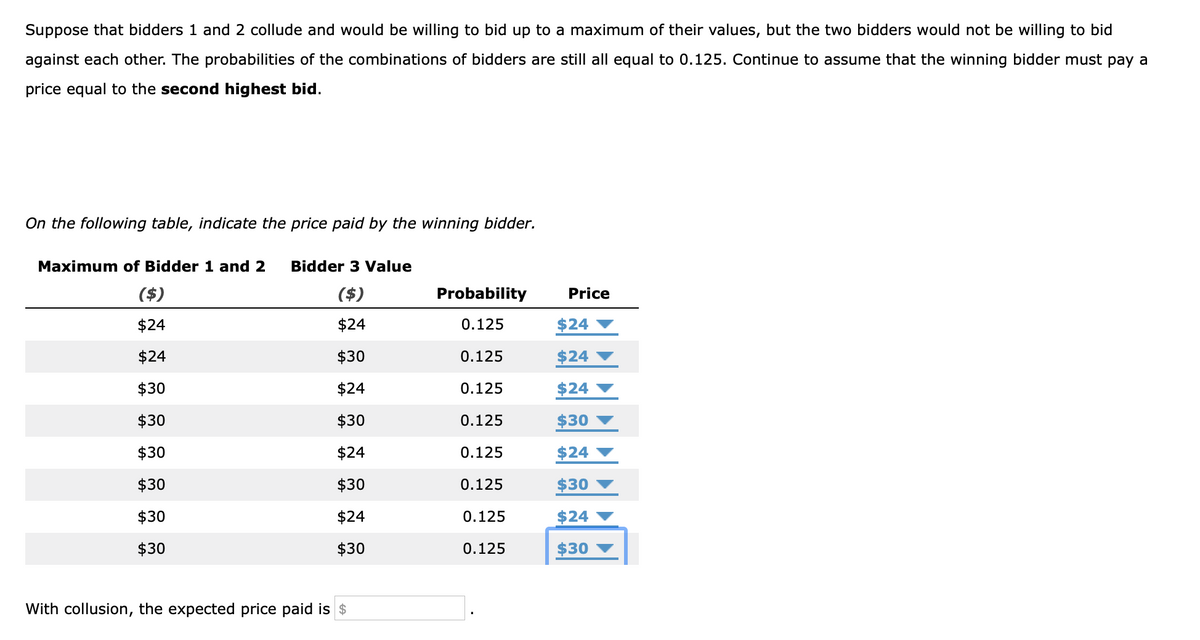You hold an oral, or English, auction among three bidders. You estimate that each bidder has a value of either $24 or $30 for the item, and you attach probabilities to each value of 50%. The winning bidder must pay a price equal to the second highest bid. The following table lists the eight possible combinations for bidder values. Each combination is equally likely to occur.
Contingency Table
A contingency table can be defined as the visual representation of the relationship between two or more categorical variables that can be evaluated and registered. It is a categorical version of the scatterplot, which is used to investigate the linear relationship between two variables. A contingency table is indeed a type of frequency distribution table that displays two variables at the same time.
Binomial Distribution
Binomial is an algebraic expression of the sum or the difference of two terms. Before knowing about binomial distribution, we must know about the binomial theorem.
Please what is the expected price paid?
and with collusion, the expected price paid?


Trending now
This is a popular solution!
Step by step
Solved in 2 steps


